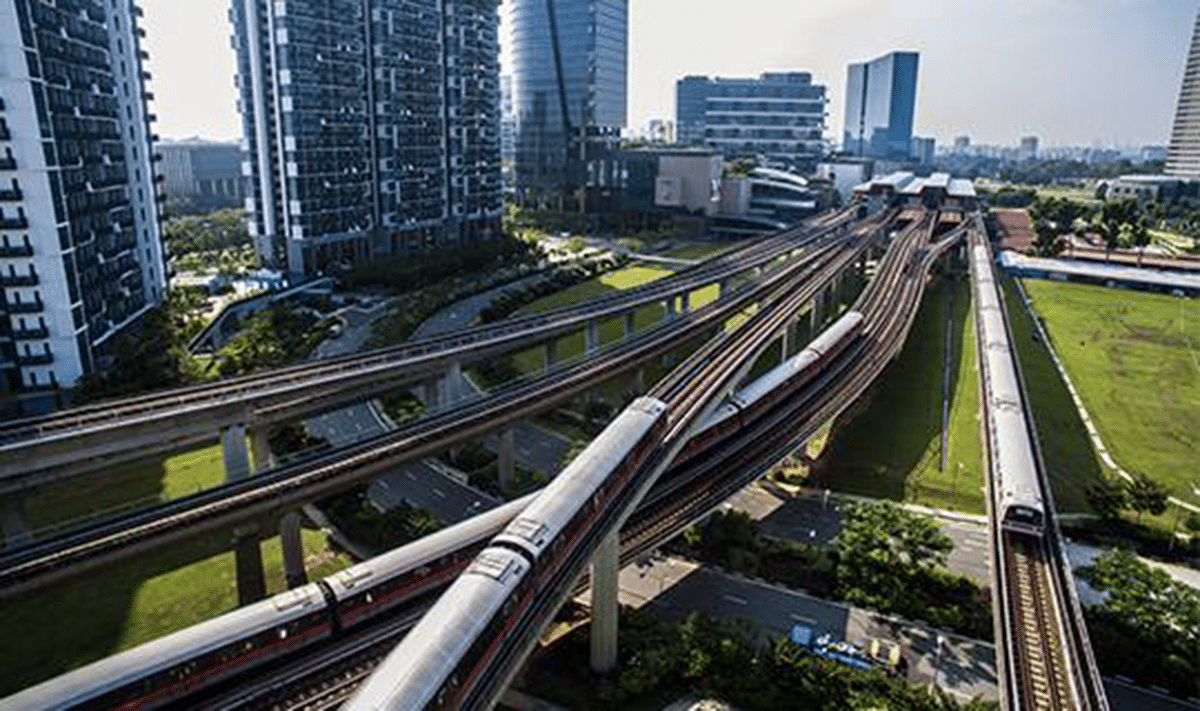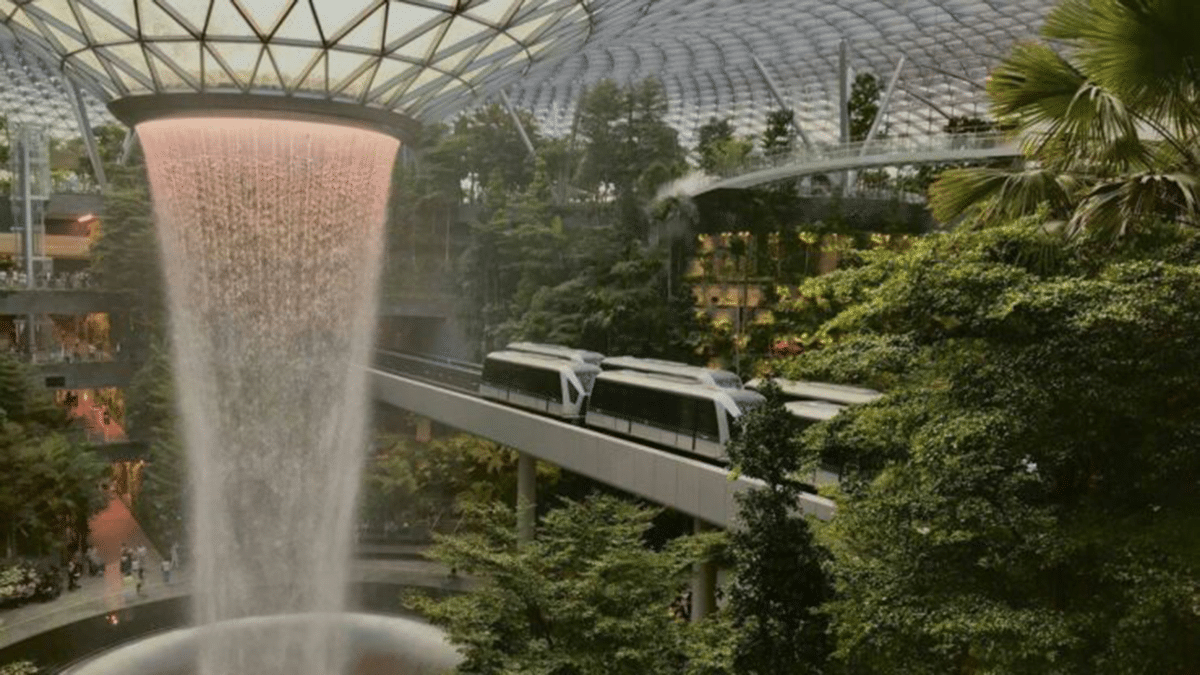Singapore envy
When Taylor Swift’s Eras Tour landed in Singapore in March 2024, Southeast Asians flocked to the city-state. As sold-out concerts dazzled fans, it was revealed that Singapore had strategically secured an exclusive regional stop for the pop icon’s tour.
The decision initially sparked public outcry but soon proved strategic and profitable. Travel platform Trip.com reported a staggering 275 percent surge in Singapore-related bookings compared to two weeks prior. Inbound flights rose by 186 percent, while tour bookings skyrocketed by an extraordinary 2,373 percent.
This reignited a familiar sentiment: “Singapore envy.” For many, the concert wasn’t the only jaw-dropping aspect of the visit. It highlighted the city-state’s excellence in infrastructure, governance, and quality of life—areas where Singapore continues to set benchmarks. Swifties and other visitors experienced firsthand some of the features that make Singapore the envy of the region.
Efficient public transport
Many Filipino tourists likely marveled at Singapore’s clean, airconditioned, and fully automated trains. Some might have been stunned to discover they could simply tap their credit cards directly at the turnstiles to pay their fare.
Ranked among the world’s best by CNN Travel, Singapore’s Mass Rapid Transport (MRT) system is a model of efficiency. Operational since 1987, it spans six lines, 141 stations, and a network stretching 241 kilometers. The MRT is seamlessly integrated with buses, taxis, and private transportation, making it a convenient way to traverse the city.
Article continues after this advertisementTechnology integration
The ability to use contactless payment for public transport is just one example of Singapore’s tech-savvy infrastructure. Artificial intelligence powers contactless baggage handling at Changi Airport, streamlines traffic management at The Port of Singapore, and optimizes MRT operations.
Article continues after this advertisementDedicated agencies continuously drive the adoption of digital solutions, cementing Singapore’s position as a leader in smart urban planning. Ranked fifth in the Smart City Index, the city-state offers a glimpse into a tech-powered future.

The Housing and Development Board (HDB) provides affordable apartments under 99-year leases. —RESEARCHGATE.NET
Housing for all
A ride on the MRT showcases Singapore’s unique public housing model. Thanks to the vision of Lee Kuan Yew, the country’s first prime minister, Singapore transformed the country into a nation of homeowners.
The Housing and Development Board (HDB) provides affordable apartments under 99-year leases, ensuring housing for approximately 80 percent of residents, with 90 percent owning their homes.
Lush green spaces
Singapore has solidified its reputation as a “Garden City” by building and maintaining destinations celebrating nature, including Gardens By The Bay, Singapore Botanic Gardens and Sungei Buloh Wetland Reserves.
It doubled down by enacting policies that made green buildings mandatory and incentivized developments that replaced greenery lost on the ground with greenery “in the sky,” among others. The city-state also endeavored to increase trees, parks and gardens all over to address both well-being and heat.
Singapore’s ambitious journey to net-zero emissions by 2050 is marked by increasing tree cover, expanding parks, and making nature accessible to all.



